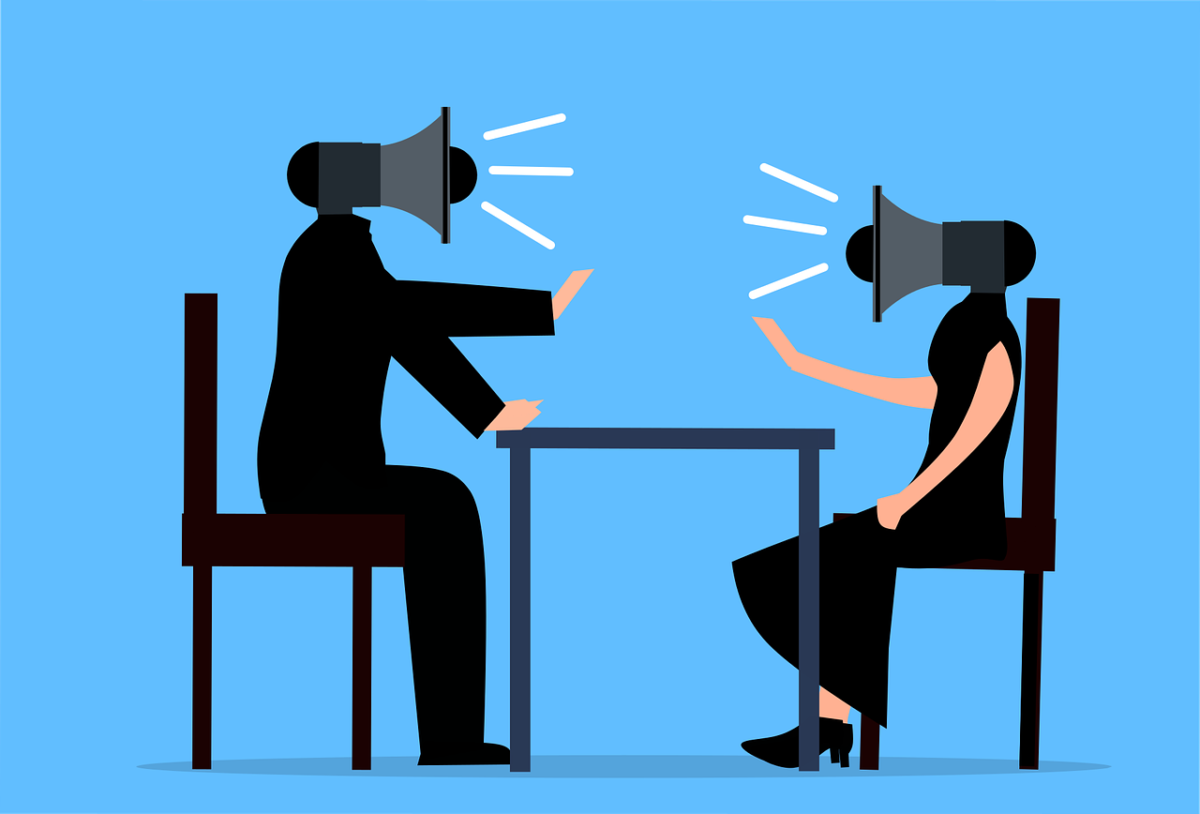This is part six of a ten-part series on coping with disinformation. For part five, visit Skepticism is a Virtue.
Cognitive biases are the shortcuts we take when thinking. And like many shortcuts, they can leave you lost in the woods instead of at your destination. An ounce of awareness is worth a pound of cure, so let’s look at a few of the big ones:
- Confirmation bias
The tendency to look for information that supports your view, ignoring information that contradicts it, and stopping when you find support for it.
The Danger: if you’re looking for information that only supports your point of view, you’ll find it, whether that’s as mainstream as a given political stripe or as out there as world lizard people leadership . - Cognitive dissonance
Our ability to embrace things we know are objectively inconsistent, contradictory or nonsensical, if it means avoiding admitting we’re wrong.
The Danger: if you’re willing to go to any lengths to avoid admitting a mistake, you risk embracing increasingly dangerous, fringe ideas. Donald Trump lost the 2020 election, but he and his supporters continue to double down on the idea of “the big steal” rather than admit defeat. - Availability heuristic
The idea that we overemphasize things that loom large in our mind or memory, even if they’re not that significant.
The Danger: Threats loom larger than they really are, and opportunities seem golden when they’re actually “meh,” leading to bad decisions.
You can find an exhaustive list of cognitive biases on Wikipedia, more than you’d probably ever want to explore, but to confront disinformation, you need to become aware of your own cognitive biases. Then, you can begin to understand how to talk to people about theirs, the topic of our next installment.
Further reading: Nobel-prize-winner Daniel Kahneman’s best seller Thinking Fast and Slow.

